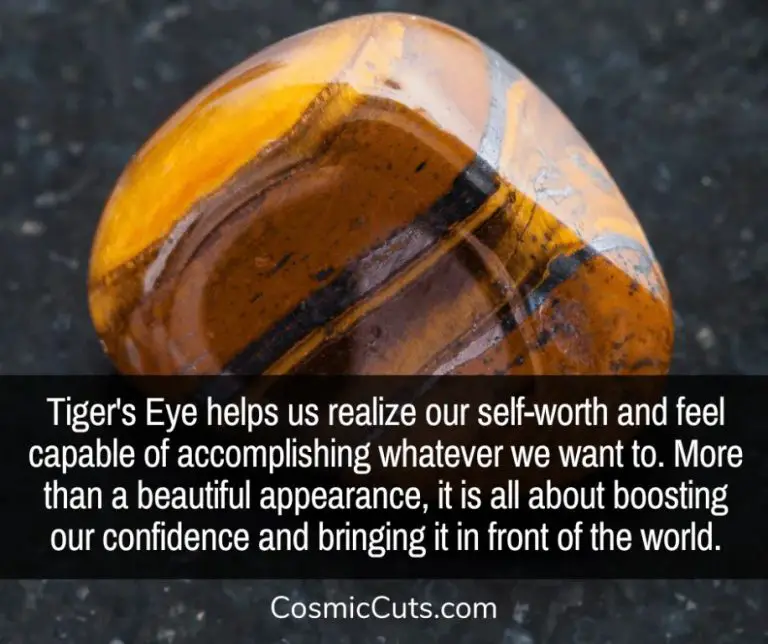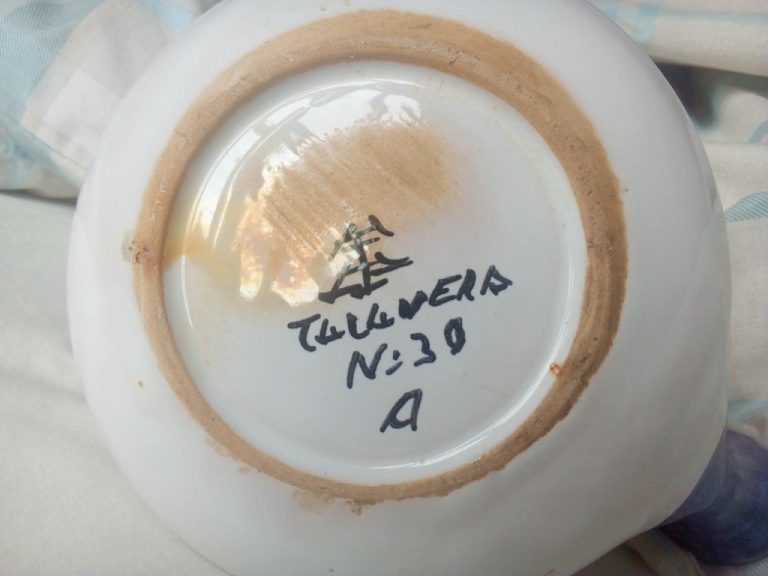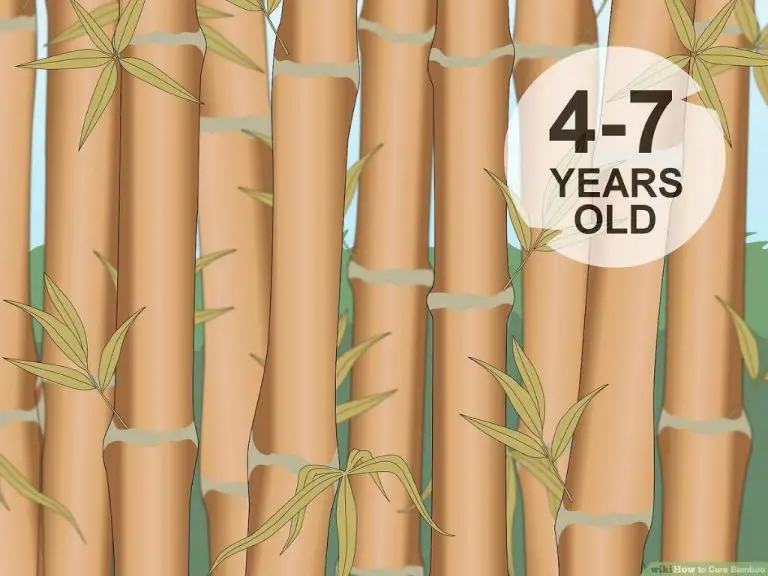Can You Use Air Dry Clay To Make Fossils?
Fossils are remains or traces of ancient life, typically of animals and plants, that have been preserved over millennia in the earth’s crust. They provide a fascinating glimpse into prehistoric times. Air dry clay is a modeling material that hardens as it dries, through evaporation. It can be molded when wet, but becomes permanent and solid when dry.
This article explores how air dry clay can be used to make fossil replicas and molds. We’ll cover the process of making fossils casts, types of fossils to recreate, and fun activities you can do with clay fossils. You’ll learn tips for achieving realistic results and how to properly store finished pieces.
Making fossil replicas with air dry clay is an engaging hands-on activity that allows you to recreate prehistoric plants and creatures. It’s ideal for children and adults interested in paleontology or seeking a creative project.
Fossils are physical remains or traces of ancient life that have been preserved in rocks or sediments.
There are several different types of fossils:
Body Fossils
Body fossils form when the hard parts of an organism, like bones, shells, or teeth, are preserved. Examples include dinosaur bones, ammonites, and petrified wood.
Trace Fossils
Trace fossils show evidence of biological activity or behavior, like footprints, burrows, and digestive tract contents. These provide clues about ancient organisms and environments.
Molds and Casts
Molds form when a shell or other hard part decays away, leaving an impression behind in the surrounding rock. Casts occur when sediments fill in the mold, creating a replica of the original organism.
Fossils can form through various processes. Most commonly, rapid burial in water or volcanic ash preserves remains before they can decompose. Mineralization occurs when minerals seep into bones, shells or wood over long periods, turning them into stone. Rarely, soft tissues or cellular structures get preserved.
What is Air Dry Clay?
Air dry clay, also known as modeling clay, is a versatile sculpting material made primarily from water, clay, and other ingredients like glue and cornstarch. Unlike traditional clay, air dry clay does not require firing in a kiln to harden. Instead, it cures through evaporation as the water content slowly dries out over time.
The main ingredients in air dry clay are:
- Water – provides plasticity and flexibility during sculpting
- Clay – gives shape and sturdiness as it dries
- Glue or cornstarch – acts as a binder to hold the clay together as it dries
Air dry clay is lightweight, easy to work with, and economical. It can be molded by hand without any special tools. The finished sculptures remain lightweight but become hard and durable over time. Air dry clay is an accessible modeling material for beginners and hobbyists.
Key properties and uses of air dry clay include:
- Does not require firing, drying at room temperature
- Suitable for detailed sculpting and mold making
- Can be painted, sanded, drilled, and finished when dry
- Used to create decorative objects, arts and crafts, jewelry, miniatures, etc.
Making Fossil Molds with Air Dry Clay
One of the easiest ways to make fossil replicas with air dry clay is to create a mold. Air dry clay is perfect for capturing all the intricate details in fossil impressions thanks to its smooth, malleable texture.
To make a fossil mold:
- Roll out a slab of air dry clay about 1/4-1/2 inch thick. Smooth the surface until it’s free of cracks and bumps.
- Press the fossil you want to replicate gently into the clay, being careful not to tear the surface. For trace fossils like ferns or feathers, you can use real specimens or plastic replicas. For larger fossils like shells, bones or teeth, use plastic models or pictures as references.
- Apply firm but gentle pressure as you push the sample into the clay, especially around ridges, bumps and indentation marks. Don’t worry if some edges crumble a bit, as air dry clay is easy to smooth back into shape.
- Pay close attention to the depth and morphology of any indentations, grooves, or etchings. Use a dull tool like a toothpick or skewer to trace over the finer details and deepen any shallow areas of the impression.
- Let the clay mold fully dry per package instructions. Apply a thin layer of cooking oil to the mold surface before casting to prevent sticking.
Taking time on the mold will ensure your finished cast picks up all the intricate realistic details of the original fossil. The result will be a textured, highly detailed replica fossil you can paint or display as-is.
Creating Fossil Casts
Once you have created a fossil mold out of air dry clay, the next step is to make a plaster cast using the mold. This will create a detailed fossil replica.
Start by carefully removing the molded clay fossil from the plaster mother mold. Make sure not to distort or damage the clay fossil mold. Gently brush off any excess plaster.
Next, mix up a batch of plaster according to the package directions. Slowly pour the plaster into the mother mold, completely covering the clay fossil mold. Let the plaster fully set and harden, which usually takes around 30-60 minutes.
Once hardened, gently pry open the mother mold to reveal the plaster cast fossil. Carefully remove the clay mold from the plaster cast. Use a soft brush to clean off any remaining clay or plaster bits.
At this point, you can paint or finish the plaster cast fossil replica as desired. Consider using acrylic paints and textured paints to add realism. Airbrush techniques also work well for realistic fossil finishes.
Take your time painting to highlight intricate fossil details. Refer to photos of real fossils for coloring and texture ideas. Apply a clear coat finish over painted fossils for added protection and sheen.
Types of Fossils to Recreate
There are many different types of fossils that can be recreated using air dry clay. Some of the most popular and easiest to replicate include:
Footprints – Fossilized footprints capture a snapshot in time, recording the movement of ancient creatures. Footprints can be sculpted into flat slabs of clay, imprinting the shape with craft sticks or other tools.
Bones – Fossilized bones range from large dinosaur fossils to small vertebrates. Reconstructed bone fossils can be shaped from clay by hand or cast in molds. Air dry clay allows sculpting fine details.
Shells – The shells and exoskeletons of marine organisms are commonly preserved as fossils. Clam shells, snail shells, and crab exoskeletons can be molded and sculpted from clay.
Leaves – Delicate leaf imprint fossils capture the veins and edges of ancient plant life. Leaves can be pressed into slabs of clay to recreate leaf fossils.
Other options include insect fossils, teeth fossils, coral fossils, and plant fossils like cones and seeds. Air dry clay enables shaping fine details to mimic different fossil types.
Tips for Realistic Fossil Replicas
One of the keys to making realistic-looking fossil replicas with air dry clay is to pay close attention to texture and detailing. Here are some tips for making your clay fossils look authentic:
Texture the clay to mimic the surface of real fossils. Use tools like toothpicks, skewers, or dull knives to createsmall ridges, bumps, pits, cracks, and imperfections.Study photos of real fossils to note the intricate textures.
Add painted detailing like cracks and weathering effects. Use acrylic paints to paint on small cracks and fissures with a fine brush. You can also paint on effects like mineral deposits or subtle discolorations to mimic natural aging.
Consider baking the clay fossils at a low temperature (110°F) to harden them slightly before painting. The clay will accept acrylic paints better. Just avoid high heat that may damage detail.
Use earth-tone paints like blacks, browns, tans, and grays. Avoid bright solid colors. Instead, water down paints for translucent stains in crevices.
Apply a matte varnish as a final step if desired to seal the paint and give a more natural, muted appearance.
Take inspiration from photos of real fossils online or in books. Analyze the textures and colors to recreate them in clay.
Aim for an organic, asymmetrical look. Remember, nature isn’t perfect, so don’t over-polish your clay fossils.
With some thoughtful texturing, detailing, and painting, you can make realistic fossil replicas using simple air dry clay!
Fun Activities and Projects
Making fossil replicas with air dry clay opens up a world of fun activities and creative projects for kids and adults alike. Here are some ideas to try:
Fossil Digs: Set up your own archeological dig site in the backyard by burying your clay fossils in sand or dirt. Provide tools like brushes, spoons and toothbrushes for excavating the fossils. Turn it into a fun birthday party activity or science themed event.
Museums: Create your own mini natural history museum at home or school. Make informational cards to accompany your fossil collection and set up exhibits to teach others about prehistoric life.
Gifts: Fossil replicas make great homemade gifts for dinosaur lovers. Make customized pieces featuring your recipient’s favorite prehistoric creatures.
Science Fair Projects: Use your fossil making skills for science fair projects on archeology, paleontology, ancient life forms or casting/molding processes.
The opportunities are endless when you utilize air dry clay for fossil models. Let your imagination run wild to find new ways to explore this fascinating prehistoric world!
Storing and Displaying Clay Fossils
When creating clay fossils, proper storage and display is important for preserving your unfinished and finished pieces. Here are some tips:
Preserving Unfinished Clay Fossils
Unfinished clay fossils are fragile and can easily become damaged or dry out. To preserve works-in-progress:
- Store in a sealed plastic bag or airtight plastic container.
- Mist the fossils with a little water if they start to dry and crack.
- Keep them away from extreme heat or cold.
- Handle gently and avoid bumps or pressure.
Keeping unfinished fossils sealed will help retain moisture so you can continue working on them later.
Display Methods for Finished Pieces
Once fossils are completed and thoroughly dried, you can display them proudly! Here are some ideas:
- Arrange on shelves or in cabinets with other natural history items.
- Create dioramas inside shadow boxes, placing fossils on sand or small rocks.
- Mount individual fossils on stands or acrylic bases.
- Group multiples together for a collection display.
No matter how you choose to present your clay fossil art, be sure to keep them away from moisture, extreme temperatures, and rough handling to preserve their integrity.
Conclusion
Making fossil replicas with air dry clay can be a fun and educational project for both kids and adults. This article has covered the basics of how to make fossil molds and casts using clay, different types of fossils you can recreate, and tips for making your replicas look realistic. The great thing about this project is that it allows you to have fossil replicas of plants and animals that would otherwise be too rare or expensive to collect.
One of the main benefits of making fossil replicas with clay is that you get to learn about the anatomy and detailing of real fossils up close. As you carefully mold all the crevices and contours, you gain an appreciation for the subtle beauty of these ancient preserved remains. Displaying your homemade fossils fosters curiosity and makes a great conversation piece.
With just a bit of clay, creativity, and patience, you can craft a diverse collection of fossil replicas to be proud of. The process explored in this article can open up fossil science in a hands-on, interactive way. Don’t be afraid to experiment and find joy in the imperfections. Your homemade fossils will be one-of-a-kind creations.



